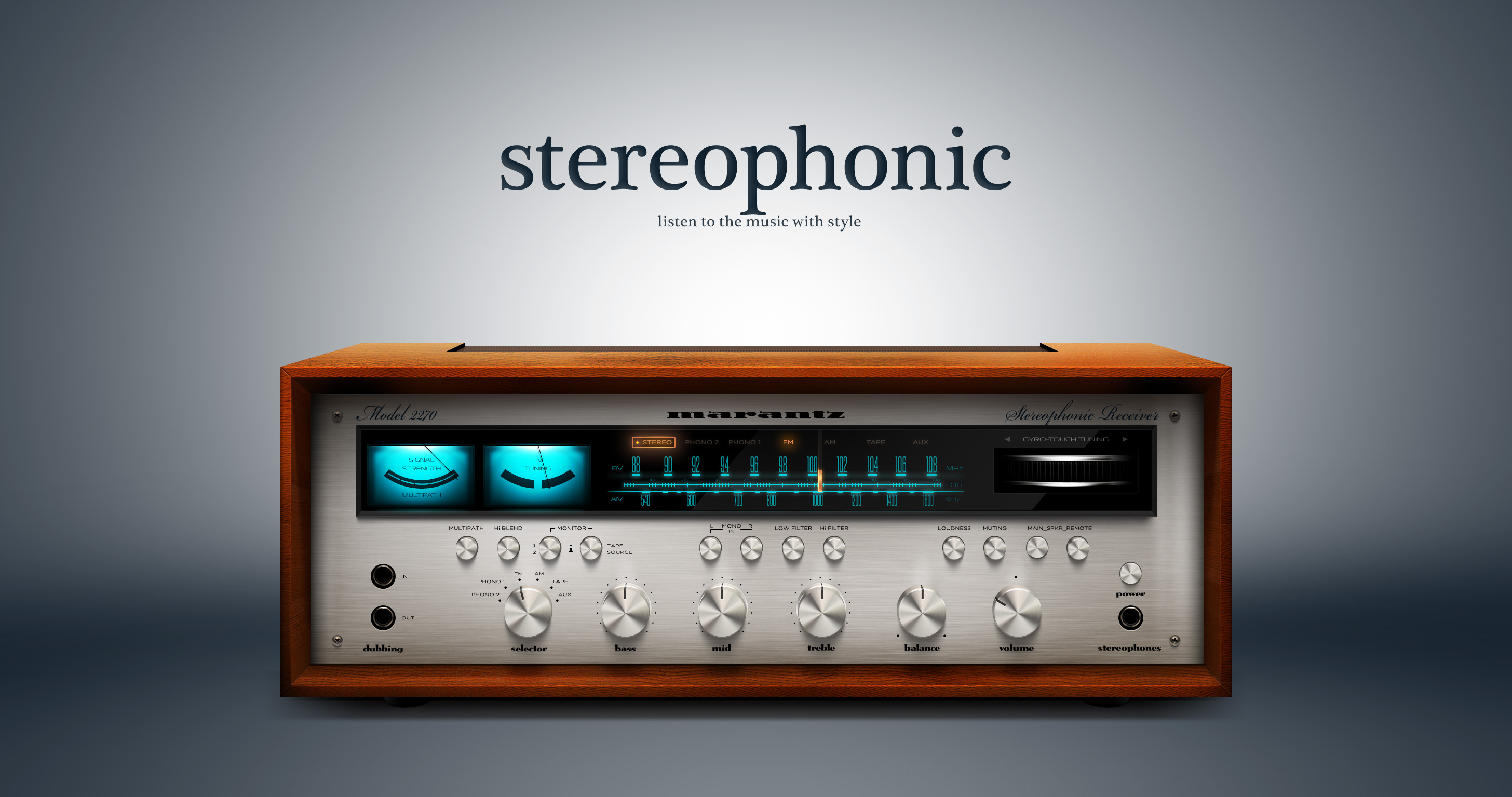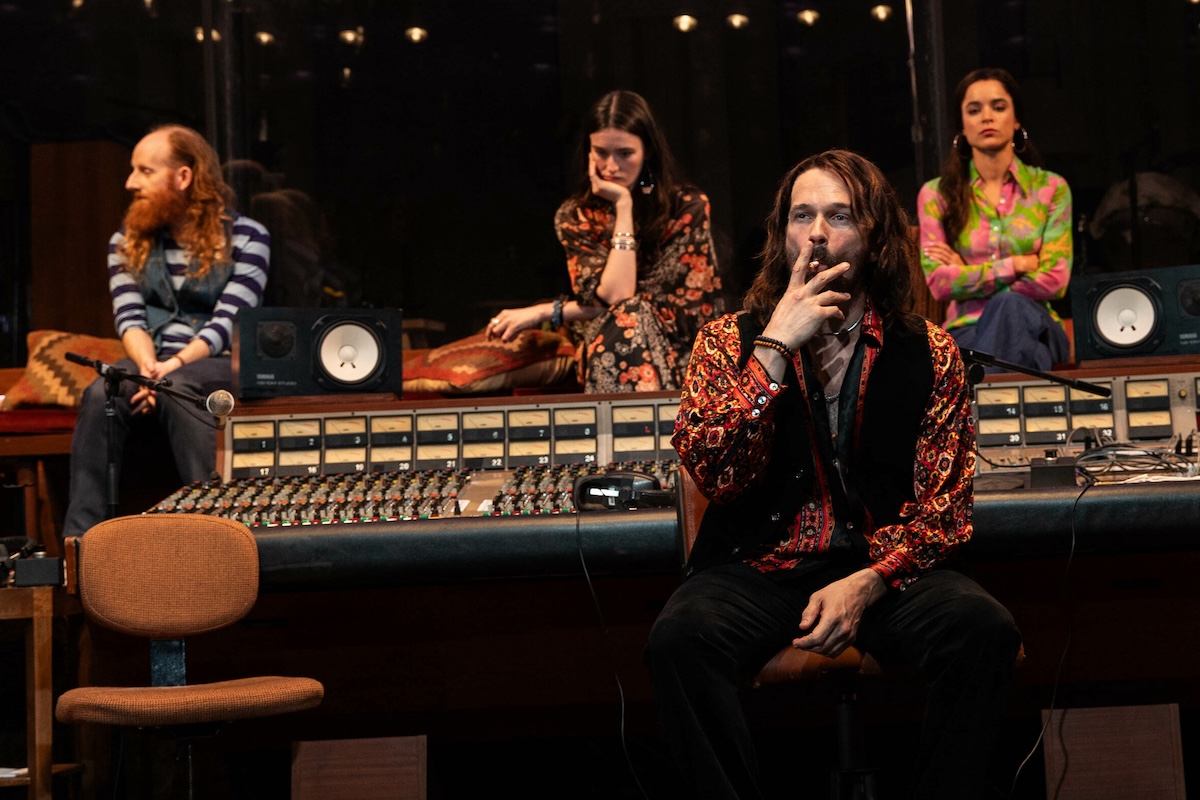Stereophonic Sound Systems

Stereophonic sound systems are designed to reproduce sound in a way that mimics the natural hearing experience. They use multiple speakers to create a three-dimensional sound field, giving the listener a sense of being immersed in the sound.
Stereophonic sound has several advantages over mono sound. First, it provides a more realistic and immersive listening experience. Second, it can help to improve sound localization, making it easier for the listener to identify the direction from which sounds are coming. Third, it can reduce listener fatigue, as the sound is spread out over a wider area.
Applications of Stereophonic Sound Systems
Stereophonic sound systems are used in a wide variety of applications, including:
- Home audio systems
- Movie theaters
- Concert halls
- Recording studios
- Broadcast studios
Stereophonic Recording Techniques

Stereophonic recording techniques create a sense of space and depth in a recording, capturing sound from multiple sources and reproducing it through two or more channels. This allows listeners to experience a more immersive and realistic sound experience, as if they were present in the original recording environment.
Binaural Recording
Binaural recording uses a specialized microphone with two capsules placed in the ears of a dummy head. This technique recreates the natural way that humans hear sound, capturing the interaural time and level differences (ITDs and ILDs) that our brains use to localize sound sources. Binaural recordings can provide a highly realistic and immersive listening experience, but they require specialized equipment and can be challenging to set up.
Spaced Pair Recording
Spaced pair recording uses two microphones placed at a fixed distance and angle apart, typically in an X-Y or A-B configuration. This technique captures a wider stereo image than binaural recording, but it does not provide the same level of realism. Spaced pair recording is relatively easy to set up and can be used in a variety of recording environments.
Surround Sound Recording, Stereophonic
Surround sound recording uses multiple microphones placed around the listener to create a multi-channel sound experience. This technique is used in home theater systems and movie theaters to create a more immersive and realistic listening environment. Surround sound recordings can be complex to set up and require specialized equipment, but they can provide a truly immersive and cinematic sound experience.
Choosing the Appropriate Stereophonic Recording Technique
The choice of stereophonic recording technique depends on the desired sound quality, recording environment, and available equipment. Binaural recording is ideal for creating a highly realistic and immersive listening experience, but it requires specialized equipment and can be challenging to set up. Spaced pair recording is a good choice for capturing a wider stereo image in a variety of recording environments, while surround sound recording is best suited for creating a multi-channel sound experience in home theater systems and movie theaters.
Factors Influencing the Quality of Stereophonic Recordings
The quality of stereophonic recordings is influenced by several factors, including:
- Microphone placement: The placement of the microphones relative to the sound source and each other has a significant impact on the stereo image and sound quality.
- Room acoustics: The acoustics of the recording environment can affect the sound quality of the recording, including the amount of reverberation and reflections.
- Microphone quality: The quality of the microphones used for stereophonic recording can also affect the sound quality, including the frequency response and noise level.
- Recording technique: The recording technique used, such as binaural, spaced pair, or surround sound, can also affect the sound quality.